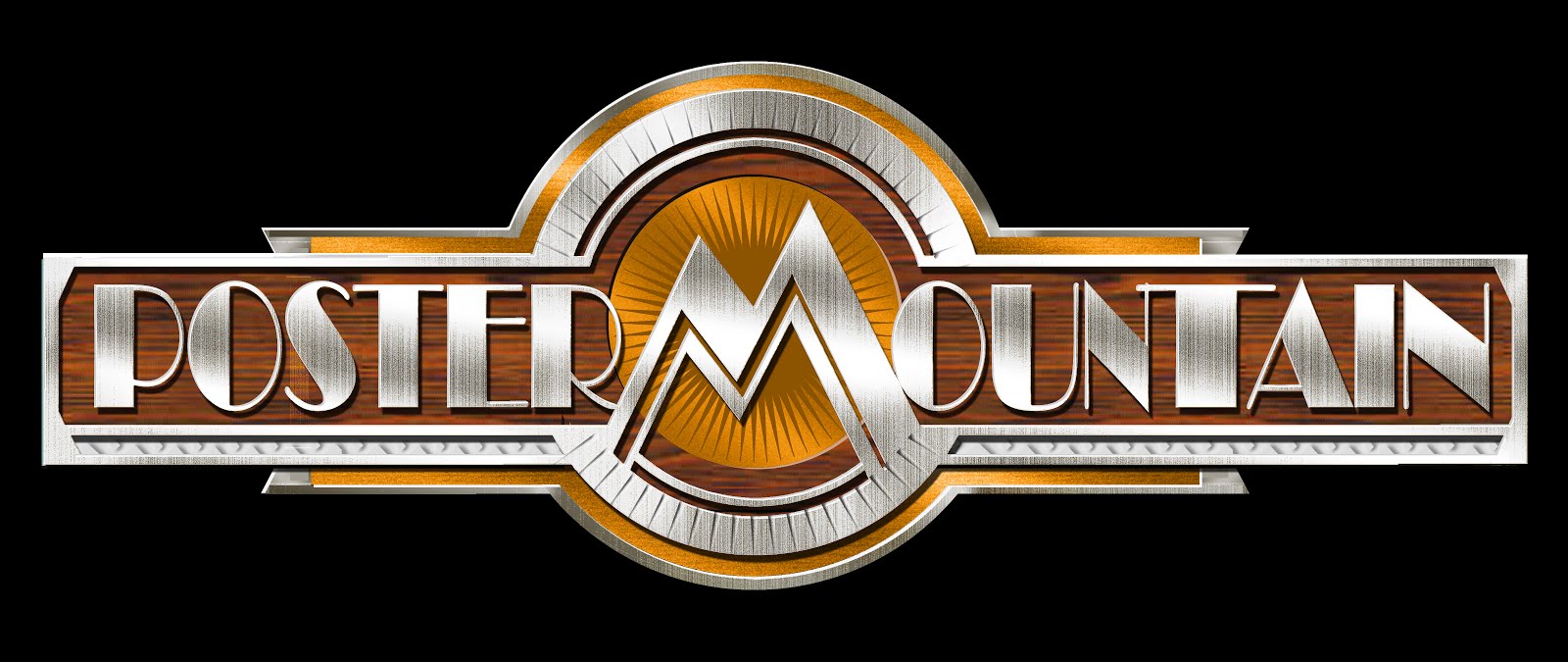Alright, folks, this is it, the last part of this series of posts.
When you last saw the map it was still wet and had just been mounted
directly to canvas. Once it had dried for several days we removed the
hollytex facing. Its a relatively simple process of slowly pulling the
hollytex back away from the paper, but it can be a little tense as the
idea floats through your head that with one swift jerk you could
potentially tear something. Fortunately we didn't have that issue and
the hollytex came off cleanly, leaving behind a newly linen backed map.
 |
| Pictured:
The last time John took a facing off there was a lot of static cling
and it actually shocked John, so I was understandably nervous about
being shocked with this one. |
 |
| Pictured: No shocks though! Just hollytex gently coming off the map! |
 |
| Pictured:
John liked this picture not only because of the map, but also all the
projects going on in the background. The piece at the very back is from
the late 19th century and is one of the projects that has kept us so
busy lately. |
 |
| Pictured:
Here is one of the edges and you can see why we used the hollytex to
keep everything together. A lot of the pieces around the border were not
attached to the rest anymore. |
 |
| Pictured: Tada! |
As you can see from the photos, there were
quite a few pieces missing, so Melissa spent several hours filling the
most noticeable ones. Since there was no paper substrate here, she did
not use old paper, but a textured filler.
 |
| Pictured: Melissa worked on the missing areas from the black line in. |
 |
| Pictured: One of the many uses for palette knives is placing filler in small holes. |
At Poster Mountain we really pride
ourselves on the quality of our work. When you put color in a hole it
just looks like color in a hole. However, with the filler, Melissa was
able to go in and blend in the color on top to create a more seamless
look.
 |
| Pictured: Once the filler was in, Melissa used water color pencils to add color to the missing areas. |
 |
| Pictured:
Our goal with most restoration projects, as with this one, is not to
make it look completely new, but to smooth away some of the obvious
signs of wear and tear. |
The edges are still ragged, but
that is part of the charm of this century old map. And now it is
stabilized and can, hopefully, make it another century!
It should be noted that several crucial steps in our process have been
omitted. If you have any questions please feel free to contact us
via email at postermount@aol.com or by phone at 818.882.1214. Also
check out our websites:
http://www.postermountain.com and
http://www.lapapergroup.com/. Please feel free to leave comments or questions on the blog!











Comments
Post a Comment